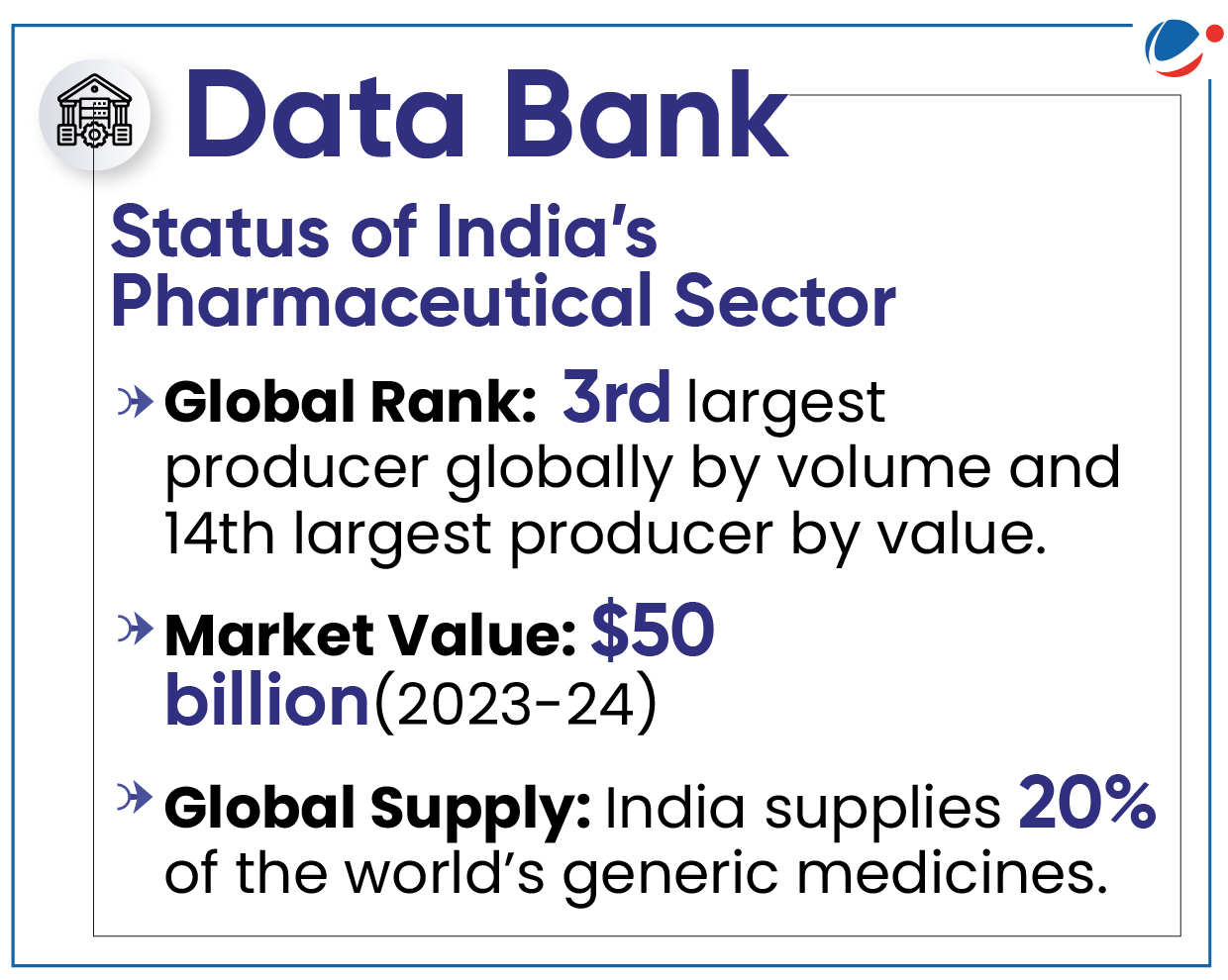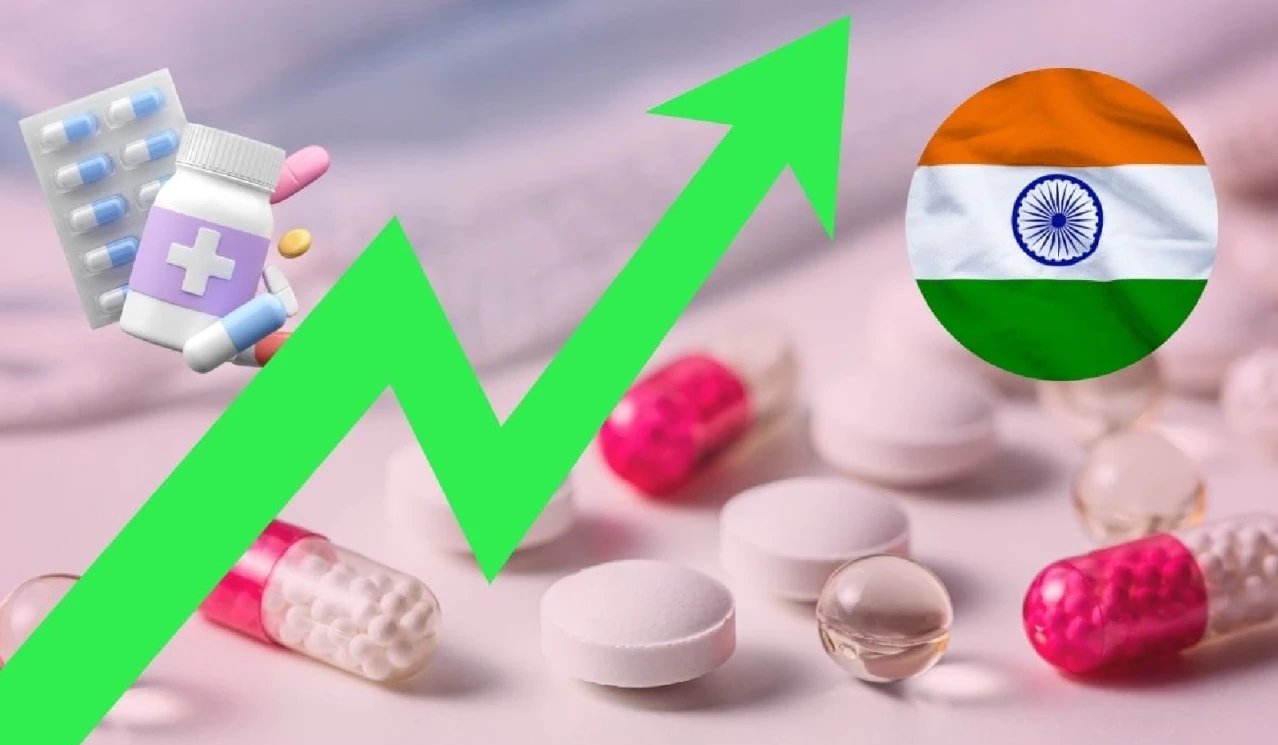Why in News?

The World Health Organization (WHO) has voiced deep concern over gaps in India's drug safety regulations, following the deaths of at least 20 children from contaminated cough syrups.
More on News:
- India's drug regulator has identified three contaminated cough syrups - Coldrif (Sresan Pharmaceuticals), Respifresh (Rednex Pharmaceuticals), and ReLife (Shape Pharma).
Regulation of Pharma Products in India:
- The Drugs and Cosmetics Act, 1940 & Drugs and Cosmetics Rules, 1945: It governs the import, manufacture, distribution, and sale of drugs and cosmetics in India. It ensured that drugs meet the required standards of quality, safety, and efficacy.
- State Drug Regulatory Authorities: It is empowered to grant licenses, conduct inspections, and ensure compliance with drug laws at the state level.
- The Central Drugs Standard Control Organisation (CDSCO) under Directorate General of Health Services, Ministry of Health & Family Welfare is the National Regulatory Authority (NRA) of India.
- Under the Drugs and Cosmetics Act, CDSCO is responsible for approval of Drugs, Conduct of Clinical Trials, laying down the standards for Drugs, control over the quality of imported Drugs in the country.
- The National Pharmaceutical Pricing Authority (NPPA): It enforces the provisions of the Drugs (Prices Control) Order.
- Good Manufacturing Practices (GMP): Schedule M of the Drugs and Cosmetics Rules prescribes Good Manufacturing Practices (GMP), which align with World Health Organization (WHO) guidelines.
Key challenges leading to cases of spurious drugs in India:
- Regulatory Gaps: Oversight by the CDSCO and state authorities is inconsistent & fragmented resulting in weak monitoring of pharmaceutical companies.
- Toxic Contamination or Substandard Medicines: E.g: Investigations have shown some cough syrups contained toxic substances like Diethylene Glycol (DEG), a toxic substance found in industrial solvents.
- Poor Quality Control: Lapses in manufacturing practices, inadequate lab testing, and failure to adhere to Good Manufacturing Practices (GMP) allow unsafe drugs to reach the market.
- Supply Chain and Storage Issues: Improper storage conditions and poor cold chain management can degrade medicines, making them unsafe.
- Absence of Mandatory Recall Law: India lacks a binding national law to mandate the recall of substandard drugs, a measure discussed since 1976 but never implemented.
- Rising Threat of Online Spurious Drugs: WHO warns that 1 in 10 medicines in low- and middle-income countries are substandard or falsified, with unauthorized online platforms becoming a major channel for their spread.
Recommendations
Standing Committee on Chemicals and Fertilizers (2024-25), has emphasized the need for urgent and concrete measures to strengthen enforcement, regulatory oversight, and public awareness to combat spurious and adulterated drugs.
- Rigorous Enforcement of Laws: The Drugs and Cosmetics Act, 1940, and the Drugs Rules, 1945, must be enforced rigorously across the country to eliminate the menace of spurious and adulterated drugs.
- Swift Legal Action and Stronger Penalties: Conduct prompt prosecutions, impose stricter penalties, and shut down non-compliant manufacturers.
- Strengthened Monitoring and Inspections: Ensure strict monitoring, timely inspections, and full compliance, especially in high-risk regions.
- Legally Enforceable GDP Guidelines: Make CDSCO guidelines on Good Distribution Practices (GDP) legally enforceable to strengthen quality standards throughout the supply chain.
- Enhanced Inter-Agency Coordination: Strengthen collaboration with law enforcement and regulatory agencies to dismantle networks producing counterfeit drugs.
- Enforcing Good Manufacturing Practices (GMP): Implement updated Good Manufacturing Practices at the earliest.
- National awareness campaign: Launch a national awareness campaign to educate consumers and healthcare professionals about identifying counterfeit medicines and reporting violations.





